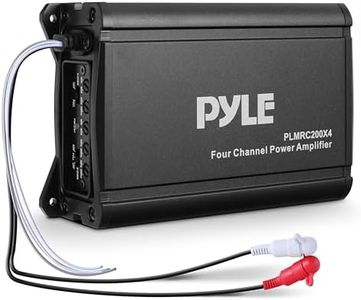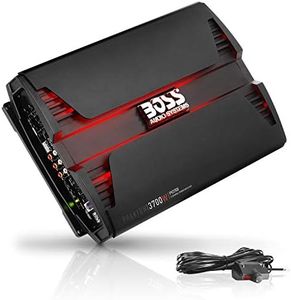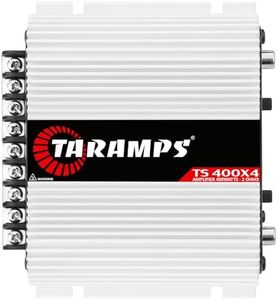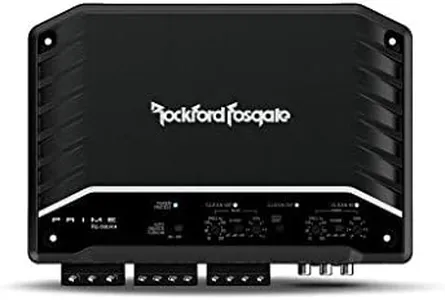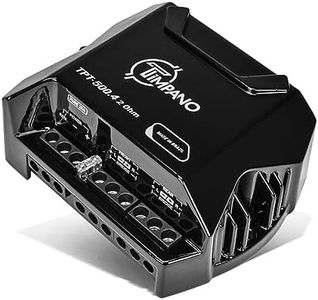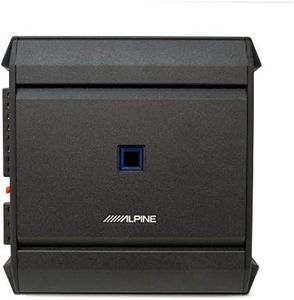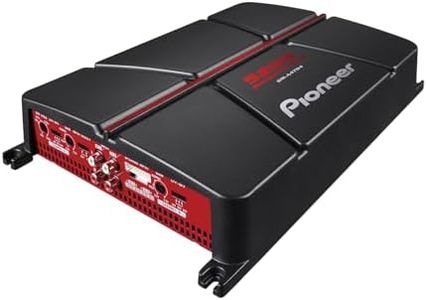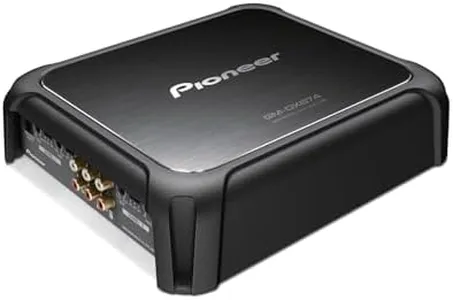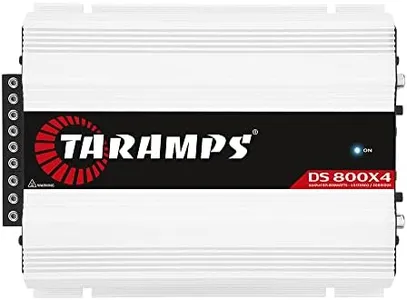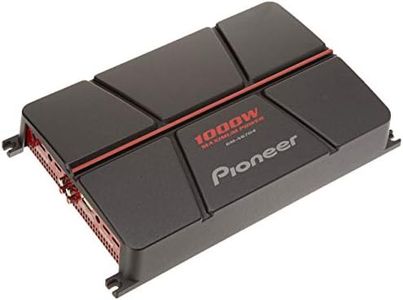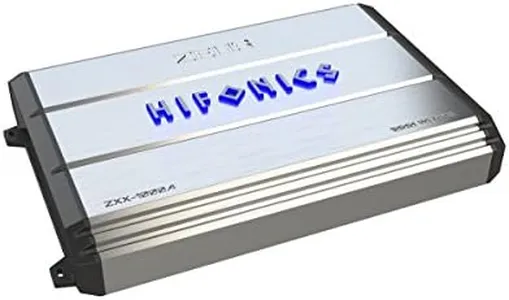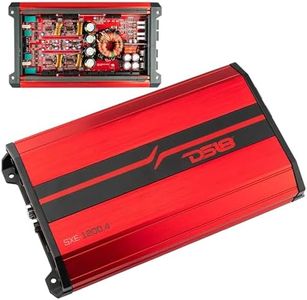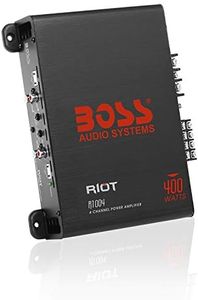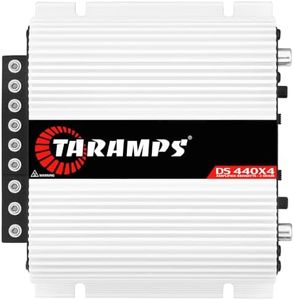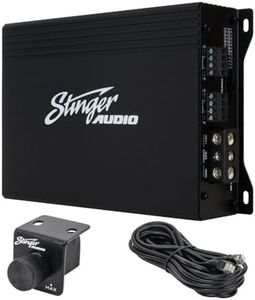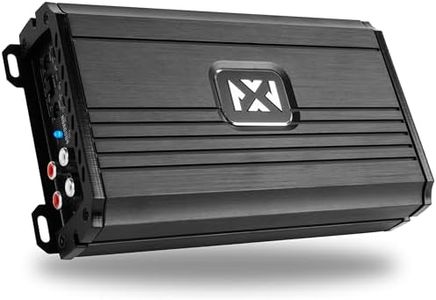We Use CookiesWe use cookies to enhance the security, performance,
functionality and for analytical and promotional activities. By continuing to browse this site you
are agreeing to our privacy policy
10 Best 4 Channel Car Amps 2025 in the United States
How do we rank products for you?
Our technology thoroughly searches through the online shopping world, reviewing hundreds of sites. We then process and analyze this information, updating in real-time to bring you the latest top-rated products. This way, you always get the best and most current options available.

Buying Guide for the Best 4 Channel Car Amps
When choosing a 4-channel car amplifier, it's important to understand how it will enhance your car's audio system. A 4-channel amp is designed to power four speakers, providing better sound quality and volume than your car's factory system. To make the best choice, you need to consider several key specifications that will determine the performance and compatibility of the amplifier with your car's audio setup. Here are the key specs you should focus on and how to navigate them to find the best fit for your needs.Power Output (RMS)Power output, measured in watts RMS (Root Mean Square), indicates the continuous power the amplifier can deliver to your speakers. This spec is crucial because it determines how loud and clear your music will sound. Generally, higher RMS power means better sound quality and volume. For casual listeners, an amp with 50-75 watts RMS per channel is sufficient. For those who enjoy louder music or have high-performance speakers, look for amps with 100 watts RMS or more per channel. Match the amp's RMS power to your speakers' RMS rating for optimal performance.
Total Harmonic Distortion (THD)Total Harmonic Distortion (THD) measures the amount of distortion the amplifier introduces to the audio signal. Lower THD values mean cleaner and more accurate sound reproduction. This spec is important for audiophiles who want the best sound quality. THD values below 1% are generally acceptable, but for high-fidelity sound, look for amps with THD below 0.1%. If you are not overly concerned with perfect sound quality, a slightly higher THD may be acceptable and more cost-effective.
Signal-to-Noise Ratio (SNR)The Signal-to-Noise Ratio (SNR) measures how much background noise is present in the audio signal compared to the actual music. A higher SNR means less background noise and clearer sound. This spec is important for ensuring that your music sounds clean and free from unwanted noise. Look for an SNR of 90 dB or higher for good sound quality. If you are an audiophile or have a high-end audio system, aim for an SNR of 100 dB or higher.
Frequency ResponseFrequency response indicates the range of frequencies the amplifier can reproduce, measured in Hertz (Hz). A wider frequency response means the amp can handle a broader range of sounds, from deep bass to high treble. This spec is important for achieving a full and balanced sound. Most car amps have a frequency response of 20 Hz to 20,000 Hz, which covers the entire range of human hearing. Ensure the amp's frequency response matches or exceeds the range of your speakers for the best audio experience.
ImpedanceImpedance, measured in ohms, refers to the resistance the amplifier will face from the speakers. This spec is important because it affects the compatibility and performance of the amp with your speakers. Most car speakers have an impedance of 4 ohms, so look for an amp that can handle 4-ohm loads. Some amps are also stable at 2 ohms, which can provide more power to the speakers. Ensure the amp's impedance rating matches your speakers to avoid damaging the equipment and to achieve optimal performance.
Size and InstallationThe physical size of the amplifier and its installation requirements are important practical considerations. This spec is crucial because it determines whether the amp will fit in your car and how easy it will be to install. Measure the available space in your car before choosing an amp. Compact amps are easier to install in tight spaces, while larger amps may require more room but can offer more power and features. Consider your car's layout and your installation skills when selecting the right size.
Most Popular Categories Right Now
